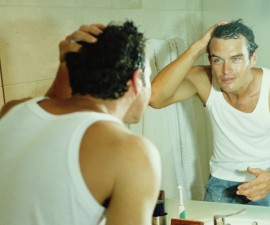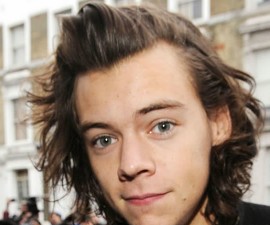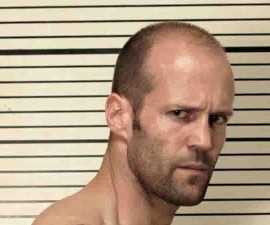… Continued …
Rogaine doesn’t target dihydrotestosterone (DHT)
As mentioned earlier, DHT is to blame for thinning hair in male pattern baldness. It may also contribute in causing receding hairline.
Propecia is able to inhibit the activity of enzyme called 5-alpha-reductase that plays a role in converting male hormone testosterone into DHT. Propecia 1 mg can be effective to reduce the level of DHT by as much as 50 percent or more if taken daily. It has proven to effectively treat hair loss in most men with pattern baldness in clinical trials.
The same thing doesn’t go for Rogaine or Minoxidil. It has nothing to do with the activity of DHT in the scalp. This may be the answer of why it doesn’t work on receding hairline.
It has been clinically proven for hair loss treatment, but …
Some experts think that Rogaine is likely to be a relatively marginally effective treatment in the fight against male pattern baldness – though it has been clinically proven to slow and treat hair loss.
What is true … it is only clinically proved for thinning hair on the crown in men. But NOT for receding hairline! It also doesn’t work for a completely bald scalp. Therefore, it is not too recommended for the first line of treatment in treating early stage of male pattern baldness.
In many cases, it works best for diffuse androgenetic alopecia (such as in most cases of women with female pattern baldness).
For men who haven’t responded favorably to propecia, the American Hair Loss Association (AHLA) still suggests Rogaine. AHLA also puts it at one of effective hair loss treatment, but for a small percentage of its users.
In addition, Rogaine may also carry some side effects that vary from person to person. See the precautions in this section!




